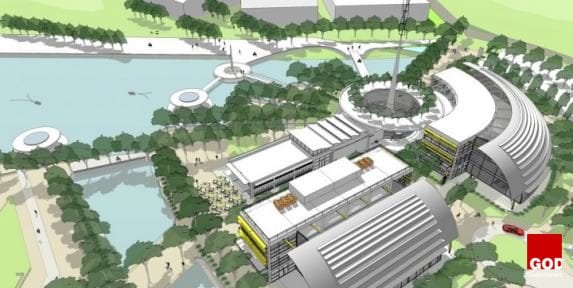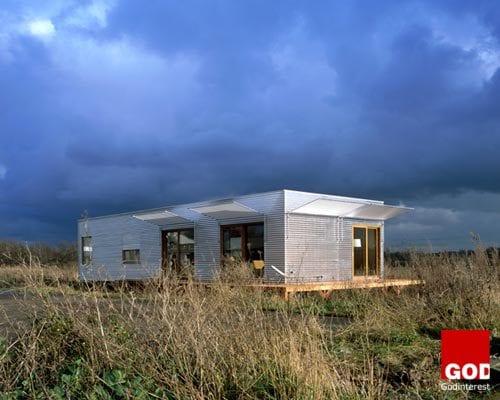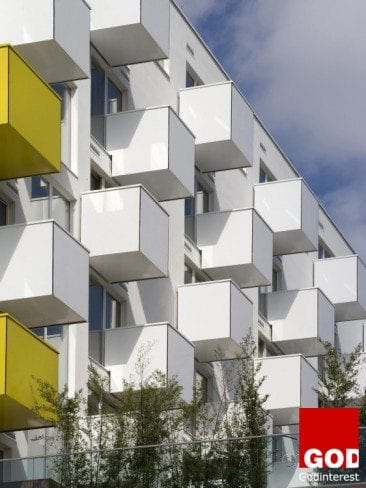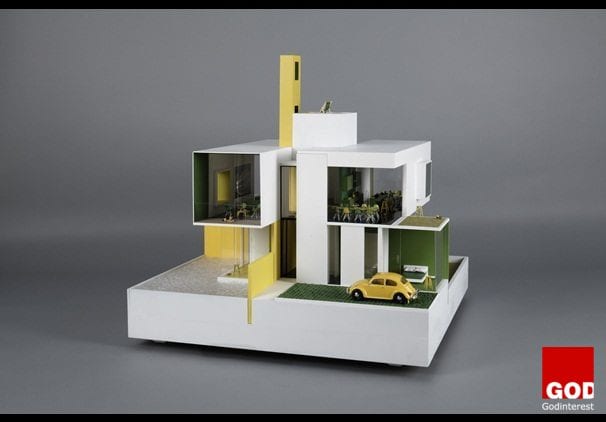Conflict happens. However, avoidance of conflict, with no effort to resolve it, postpones a proper response and exacerbates the problem because conflicts that are allowed to fester unaddressed will always increase and have negative effects on relationships within the body.
These quotes seem to suggest that it is how you handle the situation, your attitude going into the conflict, and the conflict resolution that matters.
- “If you understood everything I said, you’d be me.” — Miles Davis
- “Don’t look where you fall, but where you slipped.” — African proverb
- “Forgiveness does not change the past, but it does enlarge the future.” — Paul Boese
- “If war is the violent resolution of conflict, then peace is not the absence of conflict, but rather, the ability to resolve conflict without violence.” — C.T. Lawrence Butler
- “One of the most basic principles for making and keeping peace within and between nations is that in political, military, moral, and spiritual confrontations, there should be an honest attempt at the reconciliation of differences before resorting to combat.” — Jimmy Carter
- “Don’t let yesterday use up too much of today.” — Cherokee proverb
- “Courage is what it takes to stand up and speak. Courage is also what it takes to sit down and listen.” — Winston Churchill
- “A pessimist sees difficulty in every opportunity; an optimist sees opportunity in every difficulty.” — Winston Churchill
- “Every conflict we face in life is rich with positive and negative potential. It can be a source of inspiration, enlightenment, learning, transformation, and growth–or rage, fear, shame, entrapment, and resistance. The choice is not up to our opponents, but to us, and our willingness to face and work through them.” — Kenneth Cloke and Joan Goldsmith
- “The quality of our lives depends not on whether or not we have conflicts, but on how we respond to them.” — Tom Crum
- “I believe that the basic nature of human beings is gentle and compassionate. It is therefore in our own interest to encourage that nature, to make it live within us, to leave room for it to develop. If on the contrary, we use violence, it is as if we voluntarily obstruct the positive side of human nature and prevent its evolution.” — His Holiness the Dalai Lama
- “The quieter you become, the more you can hear.” – Ram Dass
- “The more incompetent one feels, the more eager he is to fight.” — Fyodor Dostoyevsky
- “Every person in this life has something to teach me—and as soon as I accept that, I open myself to truly listening.” — Catherine Doucette
- “The only difference between stumbling blocks and stepping stones is the way in which we use them.” — Adriana Doyle
- “When we change the way we look at things, the things we look at change.” — Wayne Dyer
- “Whenever two good people argue over principles, they are both right.” — Marie Ebner von Eschenbach
- “Today . . . spend more time with people who bring out the best in you, not the stress in you.”—- Unknown Author
- “Any fool can know. The point is to understand.” — Unknown
- “Love is our most unifying and empowering common spiritual denominator. The more we ignore its potential to bring greater balance and deeper meaning to human existence, the more likely we are to continue to define history as one long inglorious record of man’s inhumanity to man.” — Unknown
- “You can never change things by fighting the existing reality. To change something, build a new model that makes the old model obsolete.” — Buckminister Fuller
- “Our greatest power as nations and individuals is not the ability to employ assault weapons, suicide bombers, and drones to destroy each other. The greater more creative powers with which we may arm ourselves are grace and compassion sufficient enough to love and save each other.” — Seth Godin
- “The problem with holding a grudge is that your hands are then too full to hold onto anything else.” — Seth Godin
- “To truly listen is to risk being changed forever.” — Sakej Henderson
- “The great thing in this world is not so much where we stand, as in what direction we are moving.” — Oliver Wendell Holmes
- “Whenever you’re in conflict with someone, there is one factor that can make the difference between damaging your relationship and deepening it. That factor is attitude.” — William James
- “Never look down on anybody unless you’re helping them up.” – Jesse Jackson
- “Always pass a plate of forgiveness before each verbal feast — Anabel Jensen
- “Never ruin an apology with an excuse.” — Kimberly Johnson
- “If you’re not listening, you’re not learning.” — L.B. Johnson
- “Conflict cannot survive without your participation.”— Wayne Dyer
- Everything that irritates us about others can lead us to an understanding of ourselves.” — Carl Jung
- “When you are grateful, fear disappears and abundance appears.”— Anthony Robbins
- “Happiness depends on what you can give, not on what you can get.”— Swami Chinmayananda Saraswati
- “Peace is not merely a distant goal that we seek, but a means by which we arrive at that goal.” — Martin Luther King
Jesus did not advocate non-violence merely as a technique for outwitting the enemy, but as a just means of opposing the enemy in such a way as to hold open the possibility of the enemy’s becoming just as well. Both sides must win. We are summoned to pray for our enemies’ transformation, and to respond to ill-treatment with a love that not only is godly but also, I am convinced, can only be found in God.

















